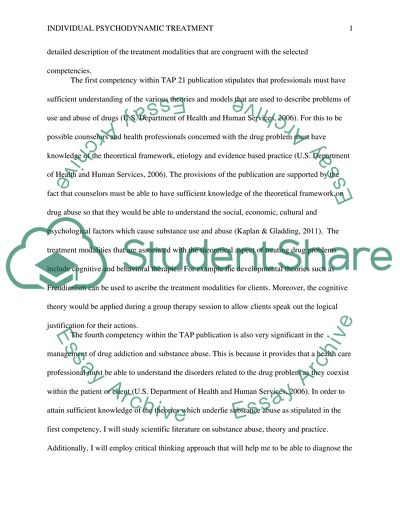Cite this document
(“Individual Psychodynamic Treatment & CBT Research Paper”, n.d.)
Retrieved from https://studentshare.org/psychology/1455119-treatment-individual-psychodynamic-treatment-cbt
Retrieved from https://studentshare.org/psychology/1455119-treatment-individual-psychodynamic-treatment-cbt
(Individual Psychodynamic Treatment & CBT Research Paper)
https://studentshare.org/psychology/1455119-treatment-individual-psychodynamic-treatment-cbt.
https://studentshare.org/psychology/1455119-treatment-individual-psychodynamic-treatment-cbt.
“Individual Psychodynamic Treatment & CBT Research Paper”, n.d. https://studentshare.org/psychology/1455119-treatment-individual-psychodynamic-treatment-cbt.


